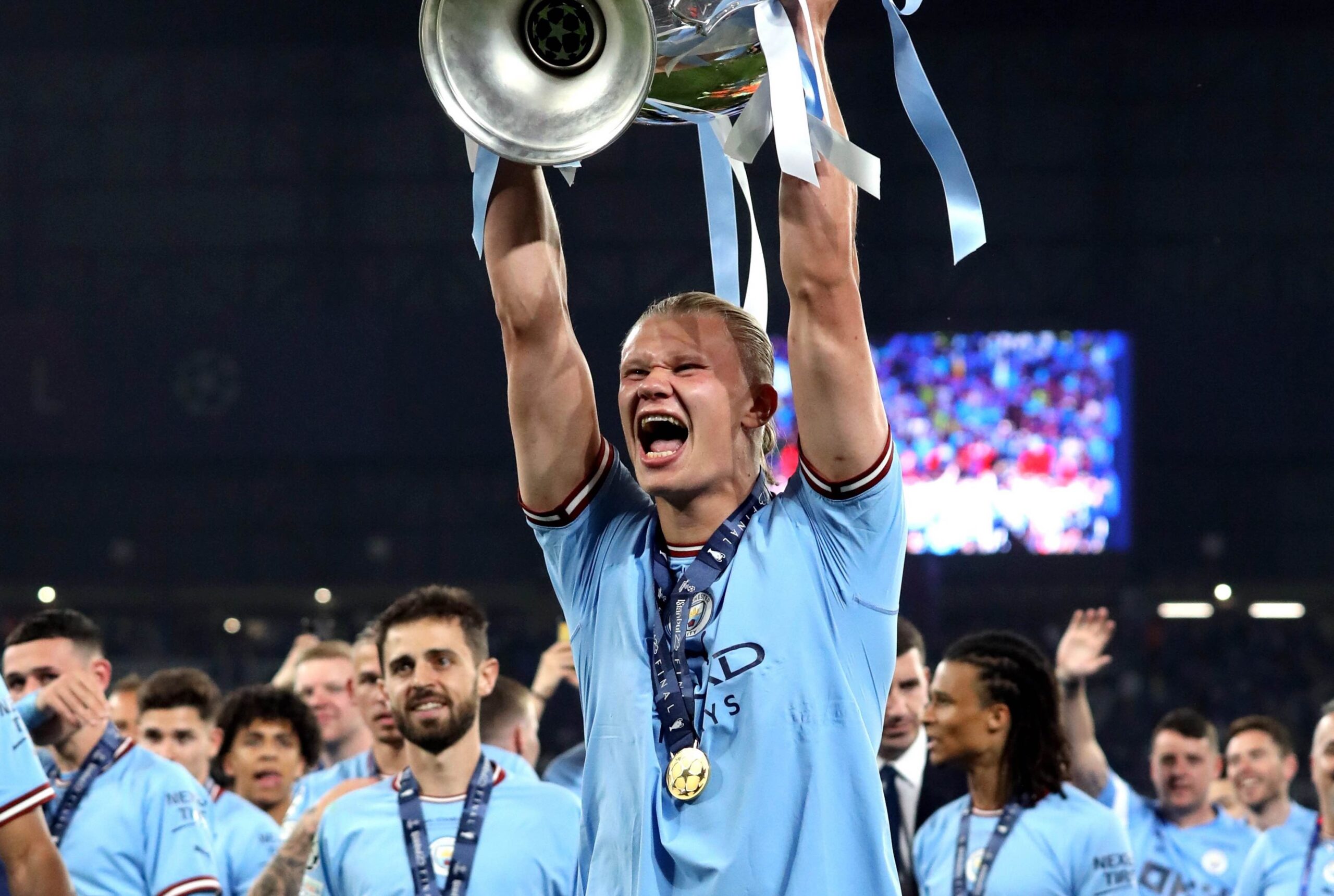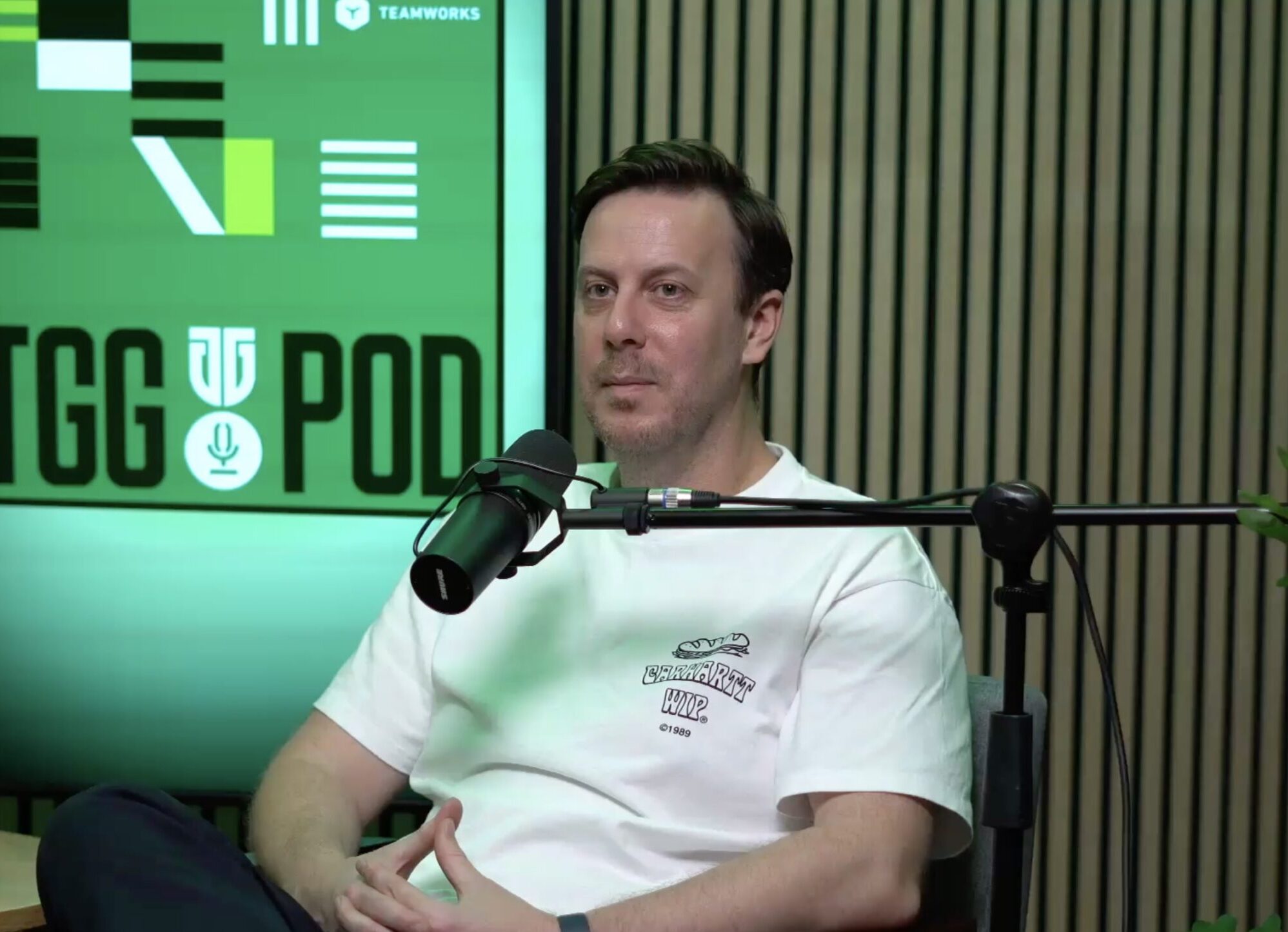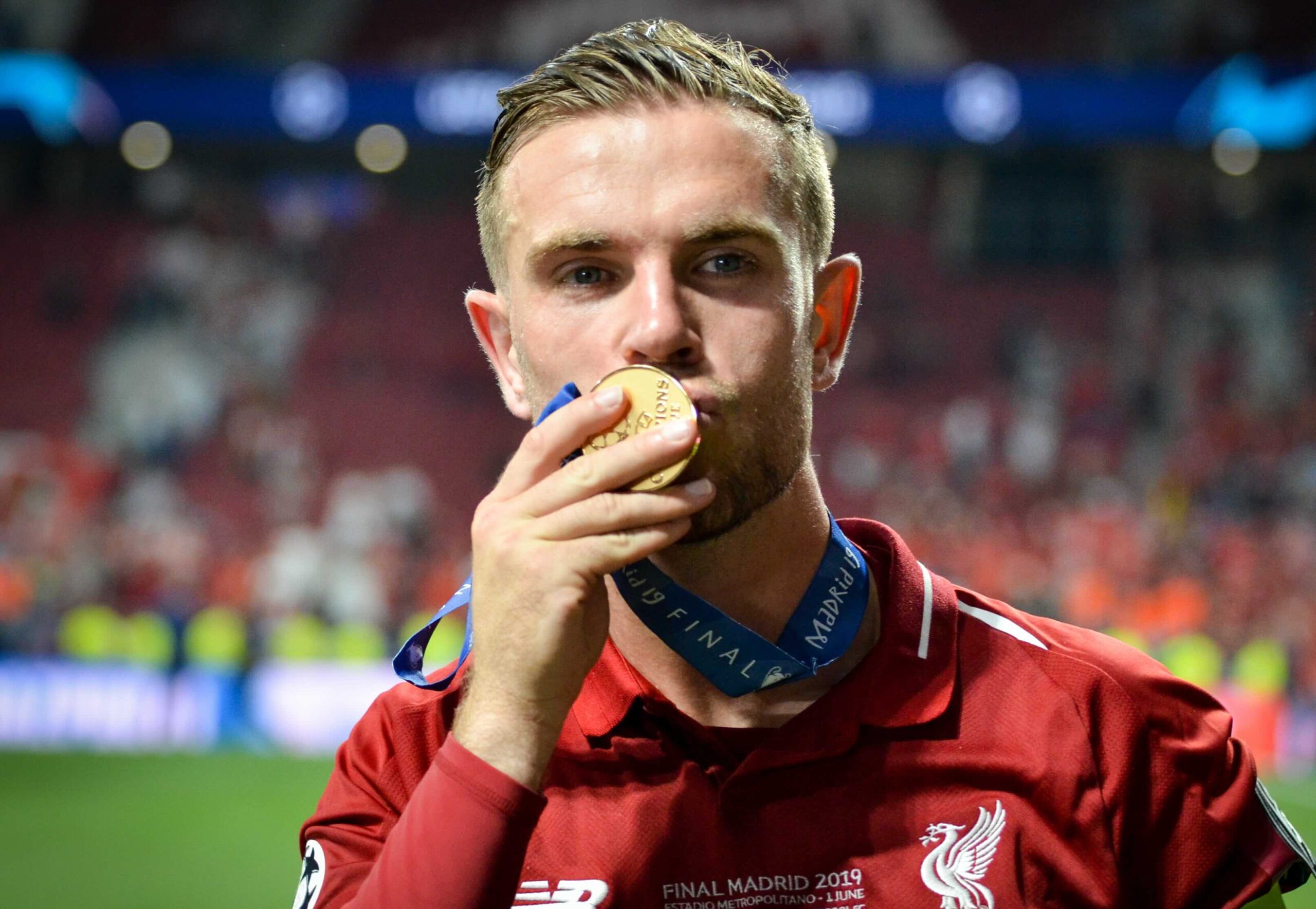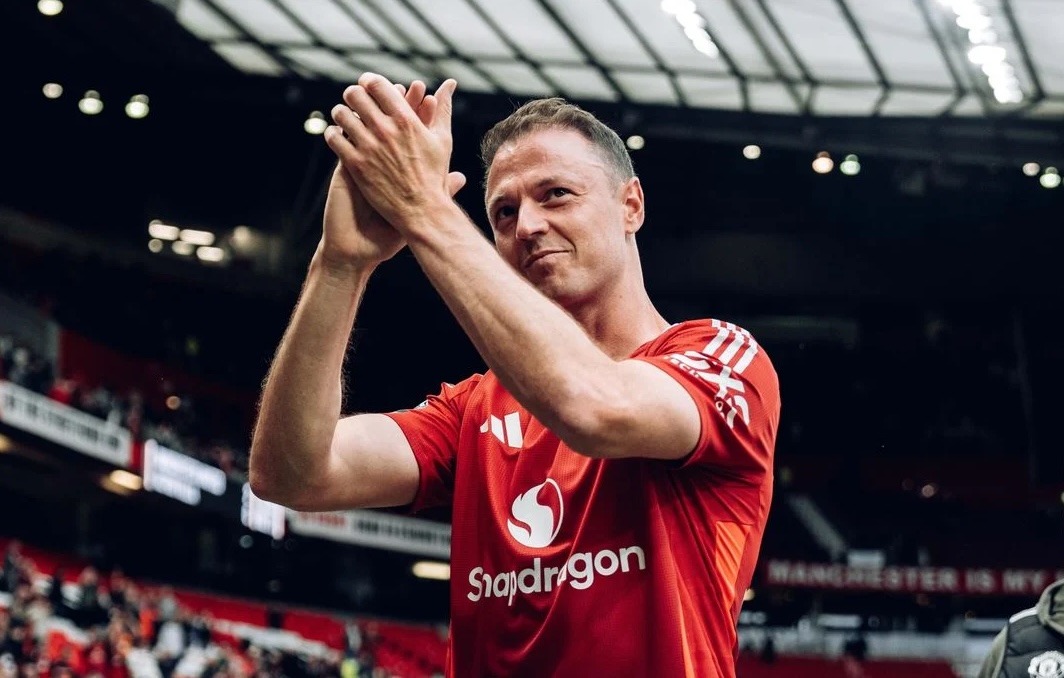
Entertainment clubs and talent clubs: Inside City Football Group
Written by
Simon Austin
August 6, 2025
When Simon Wilson was told he was being moved from Manchester City to a new organisation called City Football Group in 2013, he thought the writing was on the wall.
For three years, he had been assistant to Brian Marwood, who was effectively City’s Director of Football. Now they were being switched to CFG, with Marwood as Managing Director of Global Football and Wilson the Director of Football Services for the new entity.
“I remember really strongly the day Brian told me he was coming out of his role and that he had had a conversation with the ownership about this multi-club, global thing,” Wilson told Episode #70 of the TGG Podcast.
“I’ve been around football long enough that I thought both of us were getting sacked. I thought it was palming us off to the side, the slow letdown.”
In actual fact, Wilson was about to become a pivotal player in one of the most consequential projects that City – and in fact any European club – have undertaken.
Origins of City Football Group
Ferran Soriano had the original vision for the City Football Group (CFG). The Spaniard joined City as CEO in September 2012, replacing Garry Cook. Prior to this he had been CEO of Barcelona (via a spell at Spanair) and had pursued the idea of a multi-club model while he was with the Spanish giants, but failed to get it off the ground.
“Ferran always had this vision of a global club and a multi-club model and brought that philosophy and that thinking into City,” Wilson explained.
“Brian and I were relocated from the training ground to the stadium offices. Again, I was thinking, ‘Right, this is just a foregone conclusion, we’re on our way out.’
“It felt quite clunky to start off with, because we had no real understanding of what it was we were going to be doing. We’re starting to work in this office environment that was different and it was a bit more nine to five.”
Wilson’s first task was to help identify exactly what CFG would be.
“We were tasked with conceptualising what this group could be and what it would need in order to function,” Wilson said. “One of the Ferran’s big things was about building a City methodology.
“So we spent, I would say, about six to nine months just working conceptually on what that would look like and trying to codify this methodology.
“We’d had success (at City), but what was it about that way of doing it? How could we codify that, so that when we were acquiring clubs we could roll out that way of working to these other clubs?”
There weren’t many reference points for a global football organisation like this at the time.
“One of the things that was fascinating about being in a global group was that it was so new; we would never have reference points in football or even sport,” Wilson admitted.
“Red Bull were a multi-club, but we saw that as more of a talent pathway model. (Players) would move through the clubs to the top and they’ve been successful with that. And then there were the partner club models with Chelsea and Vitesse (Arnhem) and (Manchester) United with Antwerp.
“So you’d seen a bit of this, from a talent movement point of view. But then we also were inspired by organisations like the EIS (English Institute of Sport) here, in terms of a centralised servicing department that could support multiple sports but with commonality around their practise.”
CFG was officially created with the acquisition of the 20th MLS franchise in May 2013 and the launch of New York City, who officially entered the MLS in 2015. Other clubs soon followed.
“There was an opportunity to acquire Melbourne Heart in the A League,” Wilson said. “They got a rebrand to Melbourne City and that was almost our test case in terms of rolling out the way of work into a small club in another league.
“We knew that we were going to acquire the upcoming MLS licence in New York. In the meantime, one of our partners, Nissan, owned a club in Japan called Yokohama, and we did an 80/20 split with them (with CFG taking the minority stake).
“So we were up and running in terms of proving the concept, really, and then ready for New York, that was coming down the track. We were constantly going out on on propositions, to see how we could collaborate and what the model would be.
“Some of the thinking behind it was football was going through a real growth phase at that time in terms of the media rights. So looking at emerging markets that were starting to grow in media value and popularity and trying to make sure that we were in the market.”
Entertainment clubs and talent clubs
When Wilson left CFG in 2016 (to become Chief Football Officer at Sunderland) there were six clubs in CFG: Manchester City, New York City, Melbourne City, Yokohama, Montevideo City and Girona.
Seven subsequently followed: Lommel, Troyes, Palermo, Bahia, Club Bolivar, Shenzhen, and Mumbai City. These 13 are split into entertainment and talent clubs, Wilson explained.
“They’ve refined their model in terms of being like more commercial/ entertainment clubs and talent clubs and they’ve got that split around the two,” he said.
“A talent club would be a pure player trading or player development model. Lommel would be a really good example of that, in terms of a really good registration platform first – you can come from a number of territories in the world and be able to have easy enough access into the league to then work together under the City coaches – but with the objective of moving those players through into other markets.
“So that would be the objective of that club. City would be the best example of an entertainment club – one of the biggest brands in the world playing in the biggest competitions, and it’s about partnerships, it’s about filling the stadium, it’s about superstars.”
There was a risk of “big brother, little brother” resentments within the group, but Wilson said he did not believe that had happened.
“We’d speak to a lot more commercial organisations to say, ‘How does this feel, when you’re the regional office in this small market and you’ve got this kind of big brother-little brother type of situation?’”
“I suppose we anticipated quite a lot of tension around that, but what we found – particularly at a club like Melbourne – was that they loved it. For them, they just were so inspired.
“It was like being bought by Google or something like that. We were in the central servicing department, so as long as we went out and felt like we were adding value to them, it was always a really positive environment.
We were always challenged with saying City style is beautiful football. What is beautiful football?
Simon Wilson
“They just wanted more and more of your time and they wanted to know how it was being done and ‘can you spend more time with this’, because they’re just so ambitious and wanted to do things really, really well.”
There were also potential difficulties in implementing a ‘City style’ across the group, but Wilson said they were pragmatic and adaptable in how this was done.
“Where it does get tense sometimes is ‘the City style,’” he said. “We were always challenged with saying City style is beautiful football. What is beautiful football? That’s different to different people.
“But I think people can close their eyes and understand what the City style is. And when you’re trying to roll that out into emerging markets who might have a salary cap and might have players that they have to take that are on $40,000, that have just come out of College, that probably can’t execute the way that you want to do it, coaches would get frustrated with that.
“In the end, we found a nice balance of trying to innovate within it, setting high standards and saying, ‘If that’s the objective, how do we get there?’ Maybe tweaking a little bit to be more adaptable.”
Benefits of the multi-club model
Wilson said CFG’s multi-club model has proven to have a number of benefits, which is why other clubs have attempted to follow suit (though not to the same degree).
Providing talent pathways for both staff and players was one benefit, as was the codification of City’s methodology, in terms of both style of play and also systems and processes.
Innovations can also be shared throughout the group, Wilson said.
“A cool thing about the group is that in theory, and in practice, as much as Man City will be pushing down the lessons to a small club like like a Melbourne, innovations Melbourne make by having to adapt can push up to Manchester City.
“At the City end of that scale you’re looking for one percenters all the time.”
Skills can also be spread throughout the group.
“It can be medical,” Wilson said. “Globally, there are lots of different treatment methods and philosophies and if you encounter a particular problem with a particular player in one market, you might not have that set of expertise within that medical team. But when you expand it globally, you’ve got more chance of finding it.
“If you’re smart with how you hire, you can make sure there’s a balanced set of skills across the group that allow you to network that really well. Across recruitment, medical, sports science, psychology, coaching, analysis, there are hundreds of little things that if you are on top of it, you can connect and add value to all clubs in the group.”
Having 13 clubs within one group creates economies of scale.
“All your performance suppliers, you can get really good consistency across that, so everyone’s working on the same platforms,” Wilson said. “The numbers mean the same things in different markets. You’re not repeating the contract. So there are efficiencies in terms of economies of scale.
“New York, for example, will want to operate the best that they can. They’ll want to take a tracking provider, they want to take a GPS provider, they want to have psychology services support – they want to have all that.
“By buying it almost in bulk, it would cost them less than it ordinarily would have done. So it allows them to spend more of their available money on talent, really.”
And last, but definitely not least, CFG have created a global scouting network that each club can tap into.
“Manchester City will need coverage in all areas of the world in terms of trying to find the best talent,” Wilson said. “But it might not make sense to beef up your scouting operation in Asia, let’s say.
“Because Yokohama will have to have a big operation in Asia, it means City get the benefit of that. And if you work that right around all the regions in the world, there’s real efficiency in terms of everyone leveraging off each other’s market.”
Follow Us
For latest updates, follow us on X at @ground_guru



